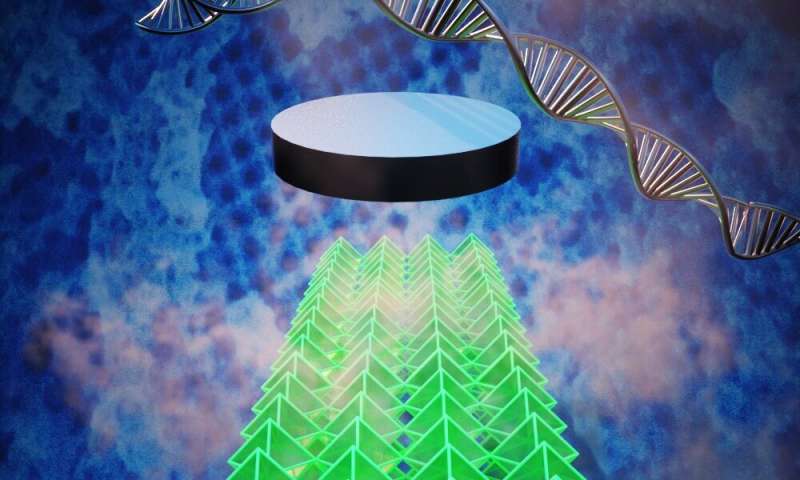Three-dimensional (3-D) nanostructured materials—those
with complex shapes at a size scale of billionths of a meter—that
can conduct electricity without resistance could be used in a range
of quantum devices. For example, such 3-D superconducting
nanostructures could find application in signal amplifiers to
enhance the speed and accuracy of quantum computers and
ultrasensitive magnetic field sensors for medical imaging and
subsurface geology mapping. However, traditional fabrication tools
such as lithography have been limited to 1-D and 2-D nanostructures
like superconducting wires and thin films.



